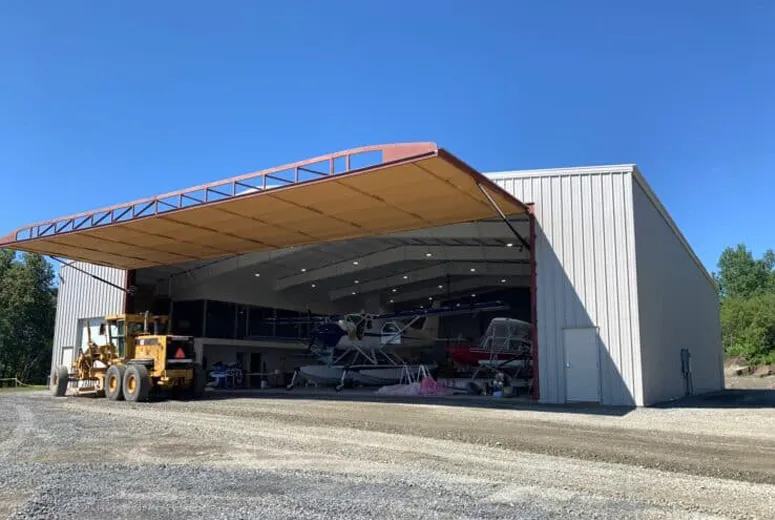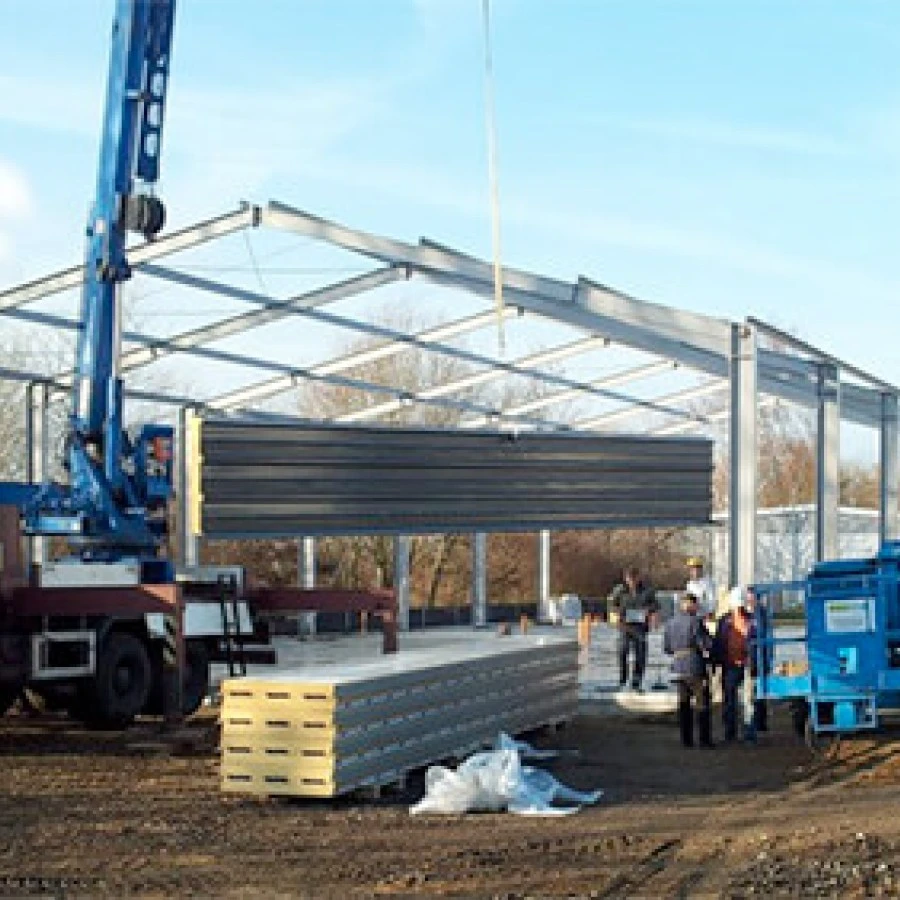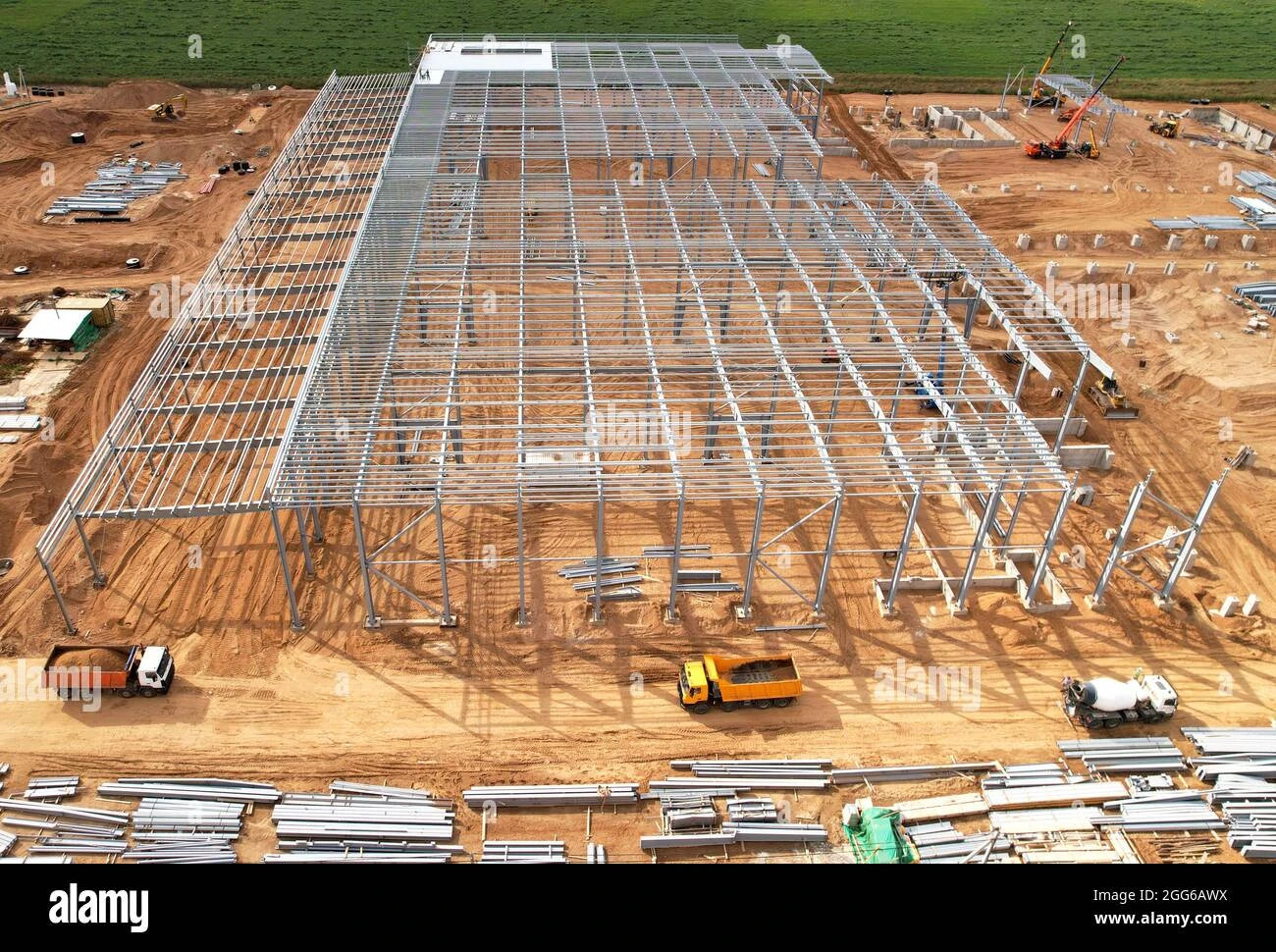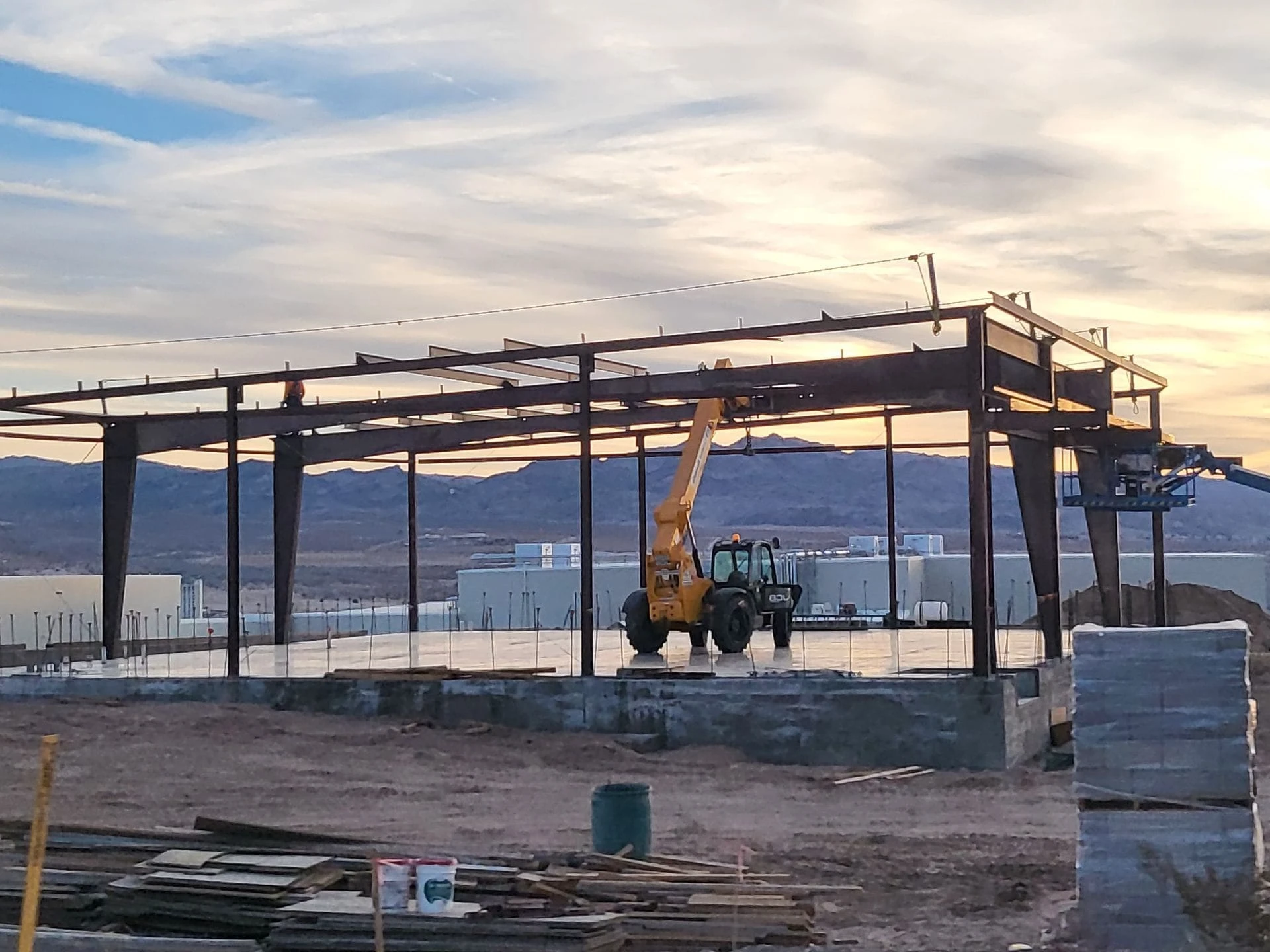- Afrikaans
- Albanian
- Amharic
- Arabic
- Armenian
- Azerbaijani
- Basque
- Belarusian
- Bengali
- Bosnian
- Bulgarian
- Catalan
- Cebuano
- Corsican
- Croatian
- Czech
- Danish
- Dutch
- English
- Esperanto
- Estonian
- Finnish
- French
- Frisian
- Galician
- Georgian
- German
- Greek
- Gujarati
- Haitian Creole
- hausa
- hawaiian
- Hebrew
- Hindi
- Miao
- Hungarian
- Icelandic
- igbo
- Indonesian
- irish
- Italian
- Japanese
- Javanese
- Kannada
- kazakh
- Khmer
- Rwandese
- Korean
- Kurdish
- Kyrgyz
- Lao
- Latin
- Latvian
- Lithuanian
- Luxembourgish
- Macedonian
- Malgashi
- Malay
- Malayalam
- Maltese
- Maori
- Marathi
- Mongolian
- Myanmar
- Nepali
- Norwegian
- Norwegian
- Occitan
- Pashto
- Persian
- Polish
- Portuguese
- Punjabi
- Romanian
- Russian
- Samoan
- Scottish Gaelic
- Serbian
- Sesotho
- Shona
- Sindhi
- Sinhala
- Slovak
- Slovenian
- Somali
- Spanish
- Sundanese
- Swahili
- Swedish
- Tagalog
- Tajik
- Tamil
- Tatar
- Telugu
- Thai
- Turkish
- Turkmen
- Ukrainian
- Urdu
- Uighur
- Uzbek
- Vietnamese
- Welsh
- Bantu
- Yiddish
- Yoruba
- Zulu
Nov . 18, 2024 23:47 Back to list
Cold-formed Steel Structures An Overview
Cold-formed steel (CFS) structures have gained popularity in modern construction due to their strength, versatility, and ease of fabrication. Unlike traditional hot-rolled steel components, cold-formed steel is shaped at room temperature through various manufacturing processes such as bending, rolling, and pressing. This method not only results in lighter sections but also allows for high precision in dimensions, leading to efficient construction practices.
Cold-formed Steel Structures An Overview
Cold-formed steel is also known for its design flexibility. The material can be manufactured into various shapes and sizes, enabling architects and engineers to realize their creative visions without compromising on structural integrity. Its adaptability makes CFS suitable for a wide range of applications, from residential buildings and commercial spaces to industrial structures and modular construction systems.
cold formed steel structures

Sustainability is another critical aspect of cold-formed steel. This material can be produced from recycled steel, reducing the need for raw materials and minimizing environmental impact. Moreover, cold-formed steel structures are fully recyclable at the end of their service life, contributing to a circular economy and promoting sustainable building practices.
The corrosion resistance of cold-formed steel is also noteworthy. Through various coating methods, such as galvanization, CFS can be protected against the elements, extending its lifespan and reducing maintenance costs. This durability further complements the economic advantages of cold-formed steel construction, as buildings require less frequent repairs and replacements.
Despite these benefits, it is essential to consider specific design aspects when working with cold-formed steel. Due to its thin-walled nature, careful attention must be paid to buckling and stability. Engineers often utilize specialized design codes and software to ensure that CFS structures meet safety and performance standards. Proper detailing during fabrication and construction is also crucial to avoid potential issues related to joint integrity and load transfer.
In conclusion, cold-formed steel structures represent a modern solution in the construction industry, offering a combination of strength, flexibility, and sustainability. As builders and designers increasingly recognize its advantages, CFS is likely to play an even more significant role in shaping the future of construction, enabling innovative designs while promoting environmentally friendly practices. As technology continues to advance, the potential applications for cold-formed steel will only expand, further solidifying its importance in engineering and architecture.
-
Navigating the World of Steel Building Services: Who to Choose?
NewsJun.23,2025
-
How Do Steel Frame and Prefab Building Factories Shape Modern Construction?
NewsJun.23,2025
-
How Do Steel and Metal Structures Shape Modern Industrial Spaces?
NewsJun.23,2025
-
How Do Prefab Buildings of Various Sizes Meet Modern Construction Needs?
NewsJun.23,2025
-
How Do Factory Buildings and Metal Structures Redefine Industrial Infrastructure?
NewsJun.23,2025
-
Exploring Key Aspects of Industrial Building Development: What You Need to Know?
NewsJun.23,2025
Products categories
Our Latest News
We have a professional design team and an excellent production and construction team.











